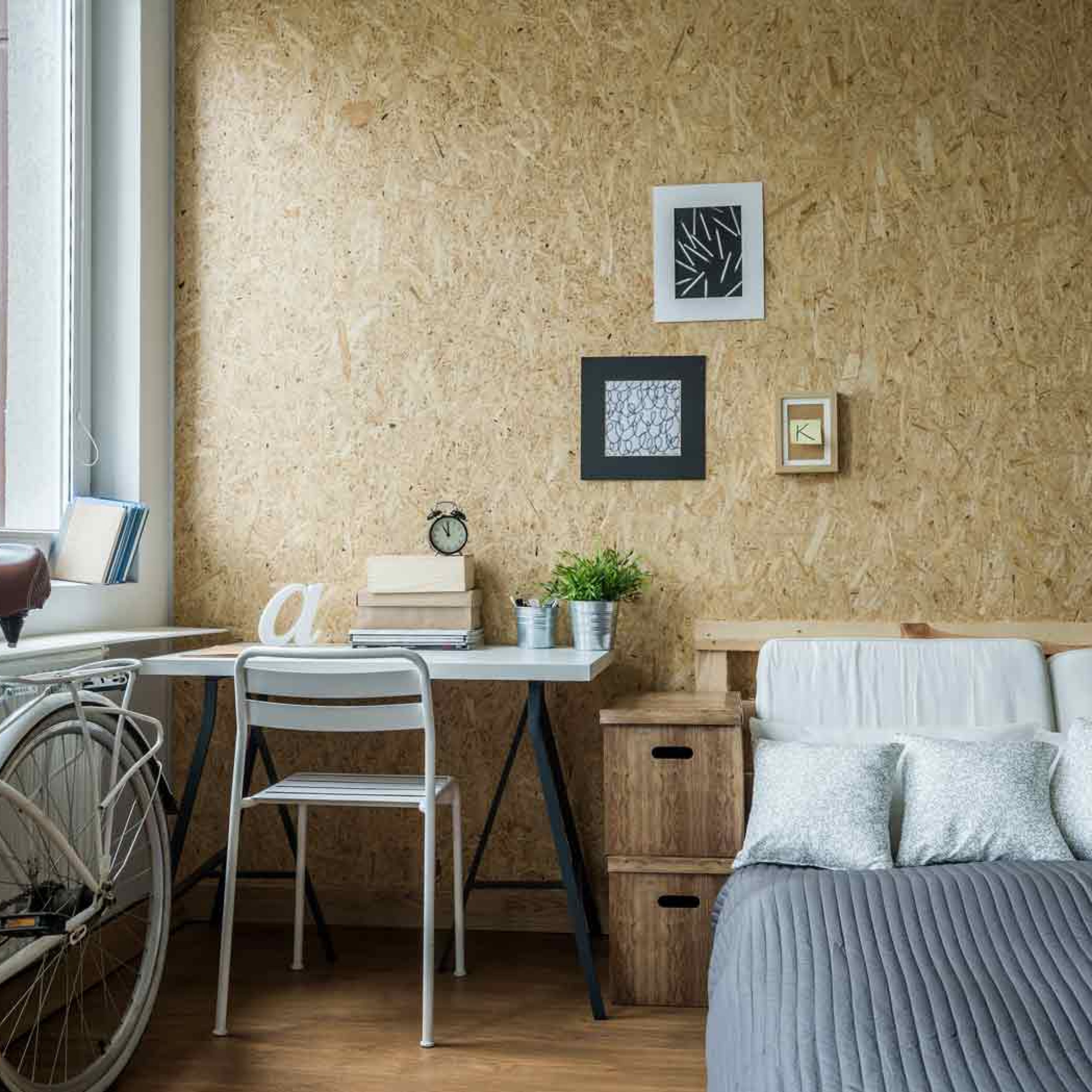Tiny spaces have become all the rage as minimalistic living continues to trend! Gone are the days where every family envied a large home. With the cost, efficiency and availability of studio apartments, single bedrooms, other small living spaces are becoming a popular alternative for many families. My husband, one-year-old son and I recently moved from our 920 square foot, two bedroom apartment. Plagued by high costs, we decided to ditch the space and trade it in for something more affordable, so we made a move to a 500 square foot, studio apartment! What had seemed like a daunting task has turned into our best decision. With a little intuition and creativity, it is possible to create a beautiful and functional home in even the smallest of places. Whatever your reason for tiny living may be, efficiency, affordability or simplicity, tiny living is possible!
Not sure where to start? Follow these ten tips for turning a small space into home.
1. Get rid of what you do not need
Shifting from a larger place to small space requires a lot of effort to let go of your current items. Go through your things and plan to either donate or sell what you do not need now. Too often when people move they fall into the trap of holding onto items that they may need later. If it isn’t something you use regularly or haven’t used in some time that’s a good indication it isn’t a necessity. Moving or living in a small place doesn’t allow for a lot of extras and only the necessities should be kept. If you do have things you can’t bear to part with, rent a storage unit to help save the space. If you plan to sell your items, use apps like Letgo or Facebook marketplace. If you prefer to donate you can check out your local donation centers as some have pick-up services! [For more on this, you might also want to read: 5 Ways to Rid Your Life of Clutter.]
2. Invest in multipurpose items
An ottoman that opens up into a storage basket is a great example of a dual purpose item. Rather than buying more than you need, find items that can be used for several purposes such as a bench that opens into shoe storage or a table that converts into a shelving unit (yea, that’s a thing!). The more items you have that are dual purpose means more space for your spectacular shoe collection.
3. Utilize wall space
Wall space can be functional as well as decorative and is a great asset that should be taken advantage of. Buy or DIY a Murphy bed, put up floating shelves to hold smaller items such as kitchen spices. Hang a basket to hold towels, blankets or even clothes. You will always have walls that can be used to your advantage.
4. Repurpose items
Do you have an item or piece of furniture that can work for something other than what it was intended? Our TV stand is a dining room buffet that doubles as a storage unit for craft supplies, movies, games and tech supplies while our dresser is my coffee station! You could also use a shower caddy to hang on the wall as a fruit basket to clear up precious counter space. Doubling up or repurposing your things gives you the opportunity to keep what you want, while not having to sacrifice space.
With a little intuition and creativity, it is possible to create a beautiful and functional home in even the smallest of places.
5. Convert spaces
We converted the breakfast nook into our bed nook and part of the walk-in closet to become our son’s bedroom. Converting spaces for different purposes enables you the freedom to pick the layout that works best for you. Utilize open counter space or a wide ledge as a “bar seating area” with high top chairs, opening up an area where your kitchen table may have otherwise been.
6. Use space wisely
It is important to remember that with a small place comes less storage, so utilizing every spot wisely is key. Try not to overcrowd an area with too many trinkets on counters or shelves. Plan it out, draw up a design. Store things under your bed, dresser or use that empty ledge space as a bookshelf.
7. Be Organized
As my mom used to say “A place for everything and everything in its place.” Have a specified location for each item. I use baskets under our bathroom counter to organize makeup, medicine and shower needs such as shampoo, soap or razors. Knowing exactly where you keep something helps make it easier to find, and the organizing process allows you to weed through things you don’t need or have multiples of.
8. Don’t overbuy
Wholesale items are awesome, but buying in bulk takes up a lot of storage space. Save the trips to Costco for the food samples and buy your groceries at a grocery store rather than buying more than the space you have.
9. Measure your furniture
This may sound like a no-brainer but measuring furniture before you attempt to move it into your tiny space may save you a huge headache. Your king size bed and your sectional couch won’t necessarily both fit, and you’d rather find that out before moving day.
10. Keep pets in mind
Small spaces are suitable for some pets more than others. Thankfully our two cats are laid back and small. However, a Great Dane or another large breed animal may not be the wisest pet for tiny living. Large fish tanks also require a significant amount of counter space as do reptiles, so make sure to keep your pets in mind when deciding if tiny living is right for you.
Tiny living doesn’t mean you have to sacrifice luxury or quality! It’s a wonderful choice for many people and affords them the opportunity of flexible living. No matter where you live, make your space home.
—
You’ll also like 5 Ways to Cut Your Monthly Bills, this episode of our podcast Simple Hacks for You to Get More Done and Feel Less Stressed – 022, and Tips to Declutter Your Life and Mind in the New Year.
#gritandgracelife








